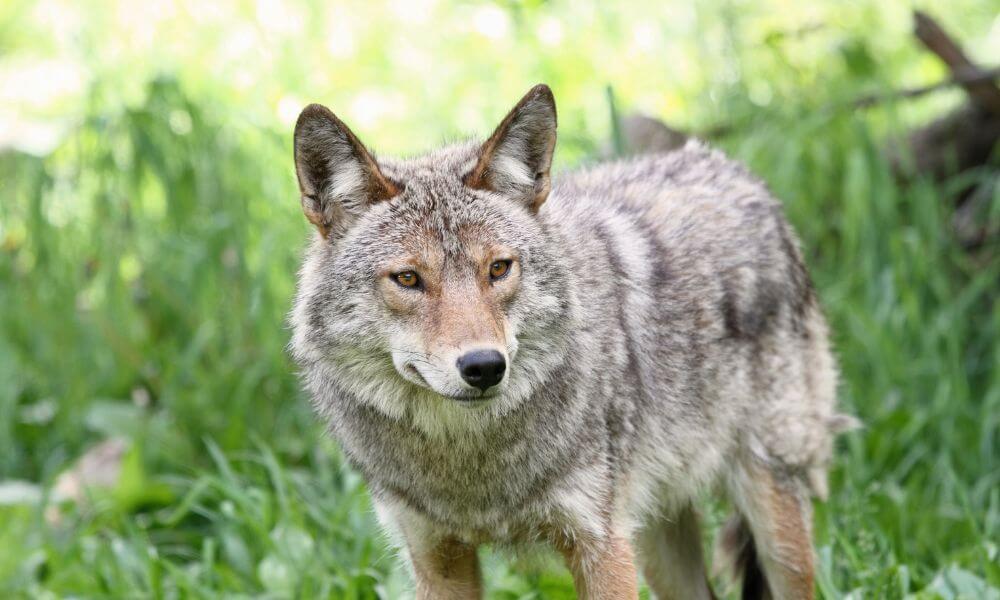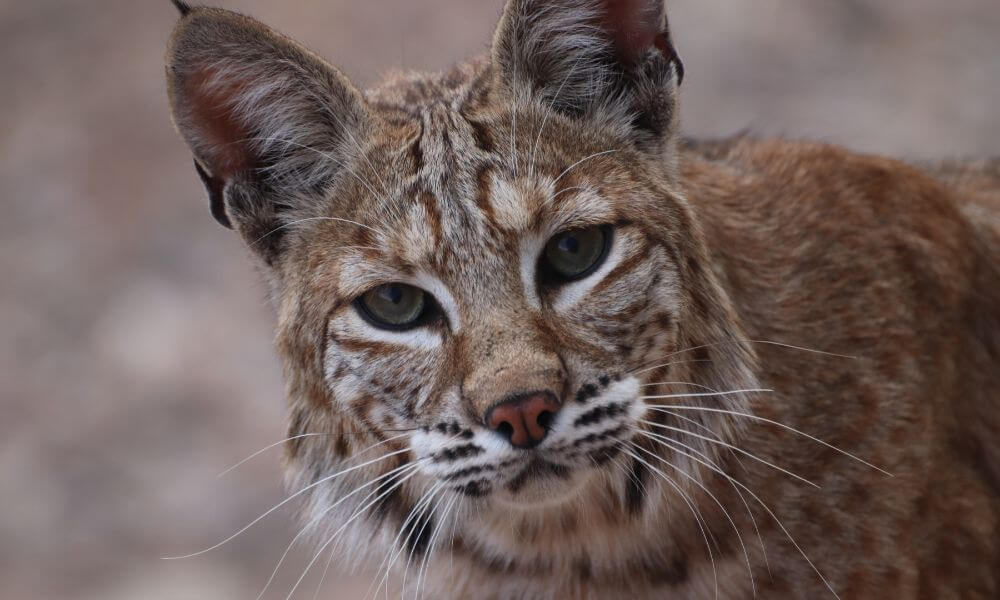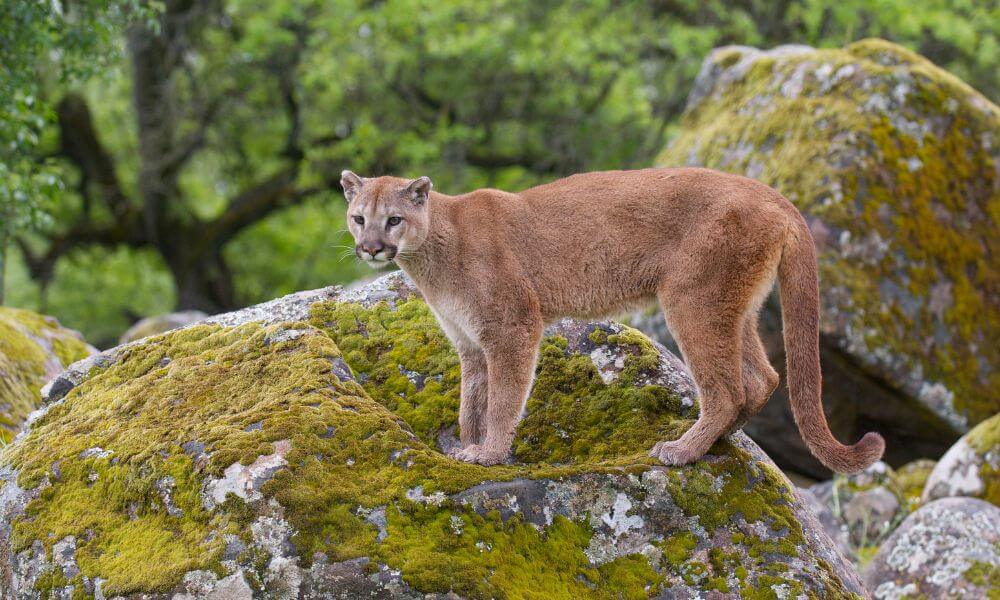Goats are one of man’s oldest companions.
We have been herding goats for at least as long as we’ve been befriending dogs, and over that time we’ve changed them quite drastically in a way that better suits our own needs.
One of the most important lessons we’ve learned over the millennia has been about what animals prey on goats.
Today, we’re going to look at some of the goat’s biggest and most troublesome predators.
So, read on to find out more.
Coyotes

Undoubtedly the greatest and most infamous scourge of goat herds in the United States, the coyote.
They have spread to cover virtually every suitable region in North America, from the plains and forests of Canada to the moutanin ranges of the U.S. and the deserts of Mexico.
These wolf relatives are distinct from their more well-known cousins by their smaller size, but don’t let that fool you: they’re just as deadly.
Otherwise known as the American jackal, the prairie wolf and the brush wolf, keeping these animals away from herds has been a problem for goat populations for as long as goats have been there.
Most would say if you can protect your herd against coyotes, you can protect it against anything.
There might be bigger, and deadlier, animals on this list, but none of them are as determined to bother livestock as coyotes.
Foxes

A canine smaller still than coyotes but still a considerable problem for goat herds are foxes.
There are many distinct subspecies of fox—as indeed there are of coyote—but all of them pose some level of threat to a goat.
Foxes certainly are not as aggressive as coyotes.
In general, they prefer much smaller prey than goats. But goats in an enclosure and goats in the wild are two very different stories.
Foxes have time to plan and coordinate, and using multiple individuals, they can and do carry out successful hunts against goats.
The problem, again, has been their proclivity for night time hunting.
Their small size means they can slip in unnoticed even by the most diligent guard animal.
Modern defence technology has made it much easier to keep them out, but you should always take the danger seriously.
Bears

The largest and potentially most dangerous animal on this list—bears.
Again, bears are split into many subspecies, some of which pose a far bigger danger than others.
Black bears, for instance, are generally not interested in killing livestock.
They are omnivorous, and prefer to eat berries and plant matter.
But bears like grizzlies do pose a threat.
They are often attracted by the smells of waste, like unsecured garbage.
When they come looking for this, they are then pleased to find goats waiting for them.
In general, bears do get a bad rap.
They are far less dangerous than we tend to think, as long as you avoid them.
They’re simply not very aggressive, and even grizzlies prefer to eat salmon than to hunt large game.
Again, though, if they see an opportunity, they may well just take it.
Though we ought to rethink our perception of bears, that doesn’t mean we don’t take the danger seriously.
Bobcats

Smaller and less of a deadly threat to us than bears, bobcats are nonetheless another common scourge of goat herds everywhere.
Like foxes, their smaller stature means they are able to move around quietly and slip into your property unnoticed, where they will take their opportunity to take down a goat.
Again, bobcats are very much opportunists.
In the wild, they would generally hunt much smaller prey than goats.
Goats are quite big for them, and would be difficult to bring down in a straight chase scenario.
That’s the thing to remember about goats; most of their instinct in danger situations is always to run, and rarely to stand and fight.
This serves them very well in the wild, but less so in domestic circumstances.
Bobcats recognize this, and know that the goats have nowhere to run.
Thus, they can plan a sneaky attack to bring the goat down.
Mountain lion/puma

Finally, we have the mountain lion—another historical bane of the goat herder’s existence.
These animals are extremely dangerous, possibly even more so than bears.
They are far more aggressive and territorial, and will attack humans if they have to.
But at the same time, they remain opportunists, too.
They know that the goats in your homestead have little hope of fleeing, and almost no hope of defending themselves against an apex predator like a puma.
Goats are precisely the sorts of animals that mountain lions would hunt in the wild. In parts of South America, for example, where they are native, they tend to follow herds of alpaca to hunt.
Though not as big as bears, mountain lions pose perhaps the biggest threat of all these creatures not only to your goat’s safety but to you and your family, too.
Goats are incredibly docile, and part of the reason for that is the fact it made it easier for us to handle them.
An unfortunate side effect, though, is that they’ve often made easy pickings for predators looking for an easy meal.
Any of the predators on this list might pose a problem for your goats, so know thine enemy is the first tenet.
Know the basic steps you can take to keep your animals safe: high, secure fencing, enclosures to be locked at night, motion sensor LED lights and, undoubtedly the most effective method: guard dogs.
